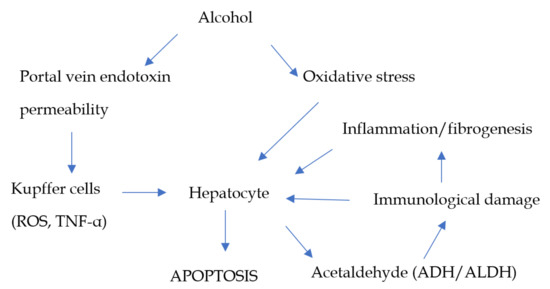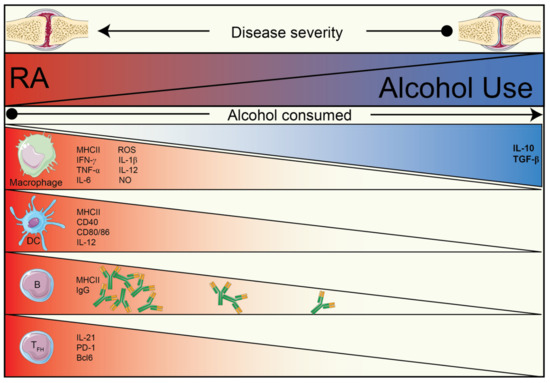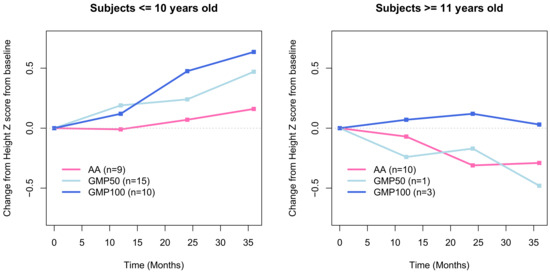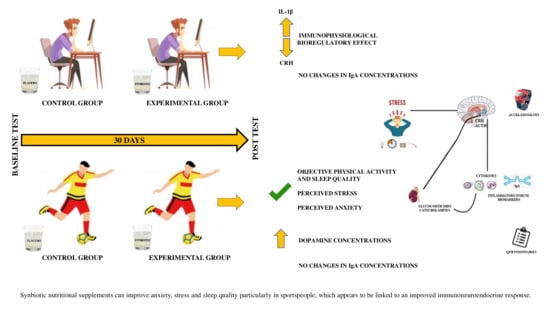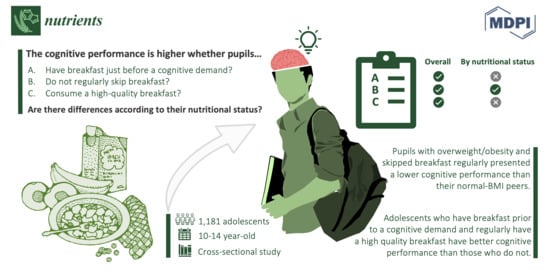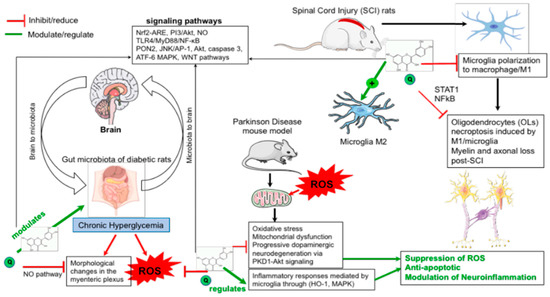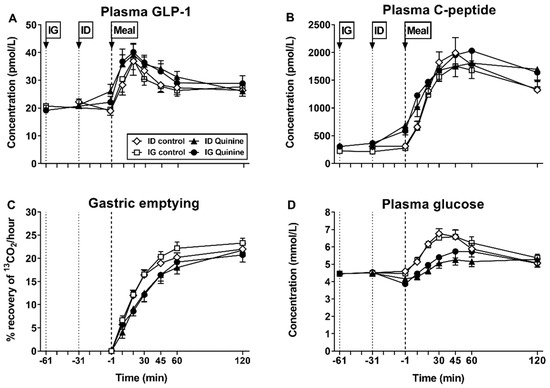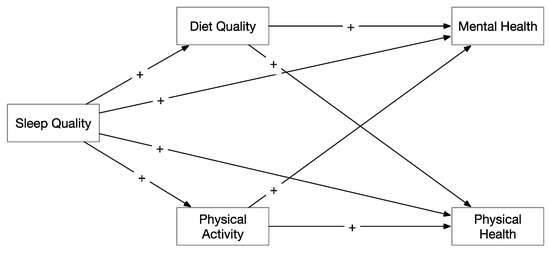Nutrients 2021, 13(4), 1327; https://doi.org/10.3390/nu13041327 - 16 Apr 2021
Cited by 51 | Viewed by 3431
Abstract
Poor dietary habits have been shown to be associated with a range of chronic diseases and can potentially be a major contributor to non-communicable diseases (NCDs) mortality. We therefore aimed to identify the prevailing dietary patterns among Chinese adults and to evaluate trends
[...] Read more.
Poor dietary habits have been shown to be associated with a range of chronic diseases and can potentially be a major contributor to non-communicable diseases (NCDs) mortality. We therefore aimed to identify the prevailing dietary patterns among Chinese adults and to evaluate trends in dietary patterns from 1991 to 2015. We used data collected in the China Health and Nutrition Survey (CHNS). Dietary patterns were identified using factor analysis of data from three consecutive 24 h dietary recalls. We studied 29,238 adults aged 18 and above with complete demo-graphic and dietary data. Three distinct dietary patterns were identified: southern (high intakes of rice, vegetables, and pork), modern (high intakes of fruits, dairy products, cakes, cookies, and pastries), and meat (high intakes of organ meats, poultry, and other livestock meat). The southern pattern score decreased (mean ± SD scores in 1991: 0.11 ± 1.13; scores in 2015: −0.22 ± 0.93). The modern pattern score (mean ± SD scores in 1991: −0.44 ± 0.59; scores in 2015: 0.21 ± 1.01) and meat pattern score (mean ± SD scores in 1991: −0.18 ± 0.98; scores in 2015: 0.27 ± 0.91) increased. We observed that China has experienced a shift from traditional dietary patterns to western dietary patterns.
Full article
(This article belongs to the Section Nutritional Epidemiology)
